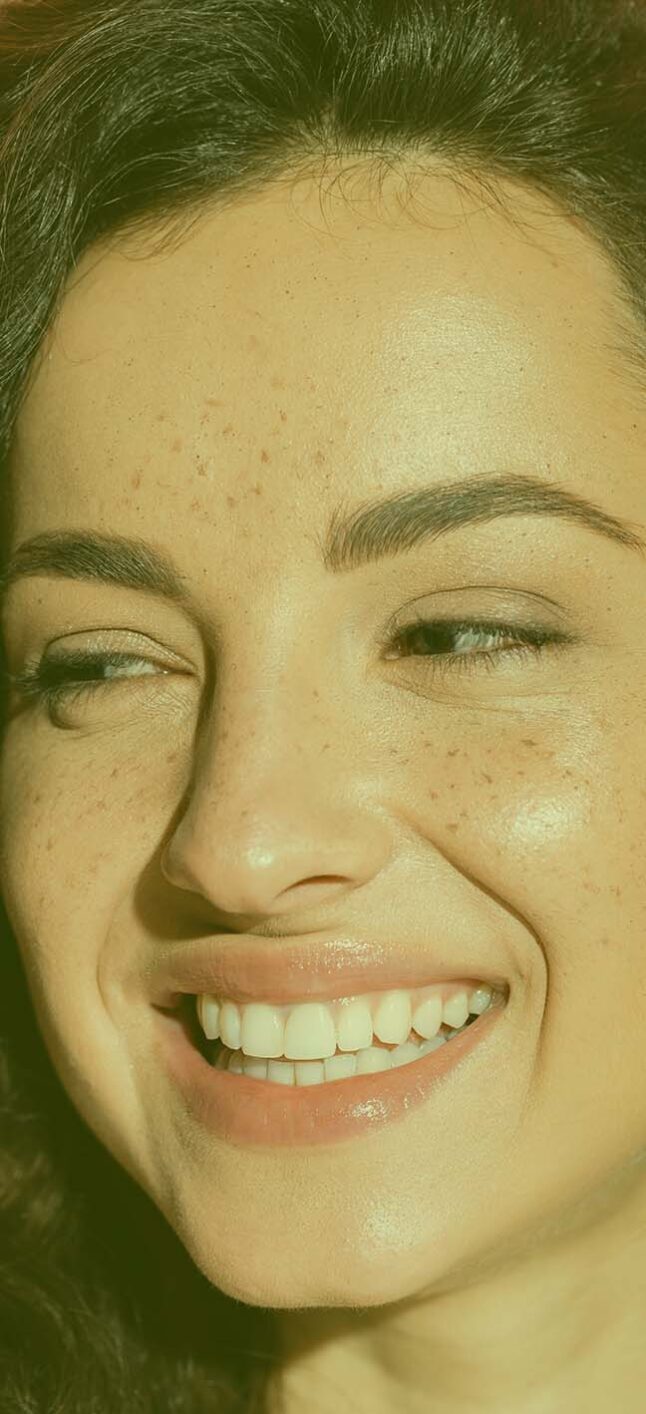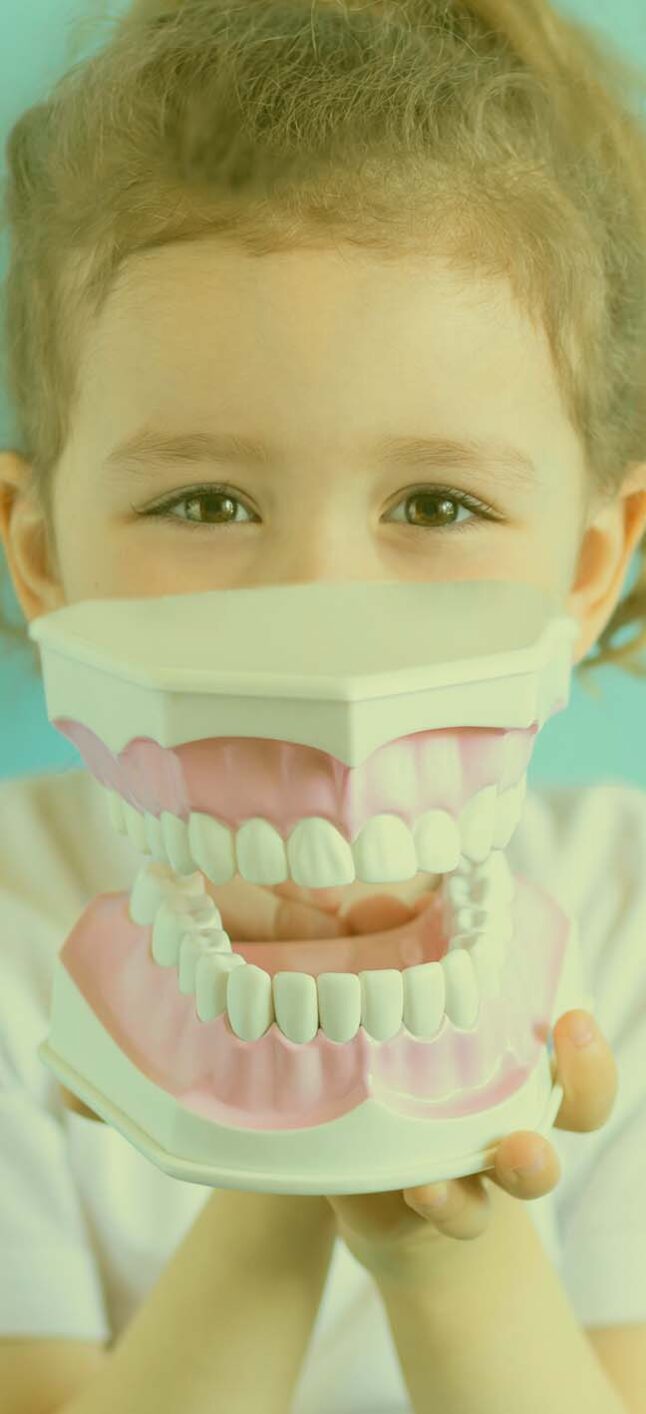Gum recession is a dental condition where the margin of the gum tissue surrounding the teeth pulls back or wears away, exposing more of the tooth or the tooth’s root. When gums recede, gaps can form between the teeth and gum line, making it easy for disease-causing bacteria to build up.

























